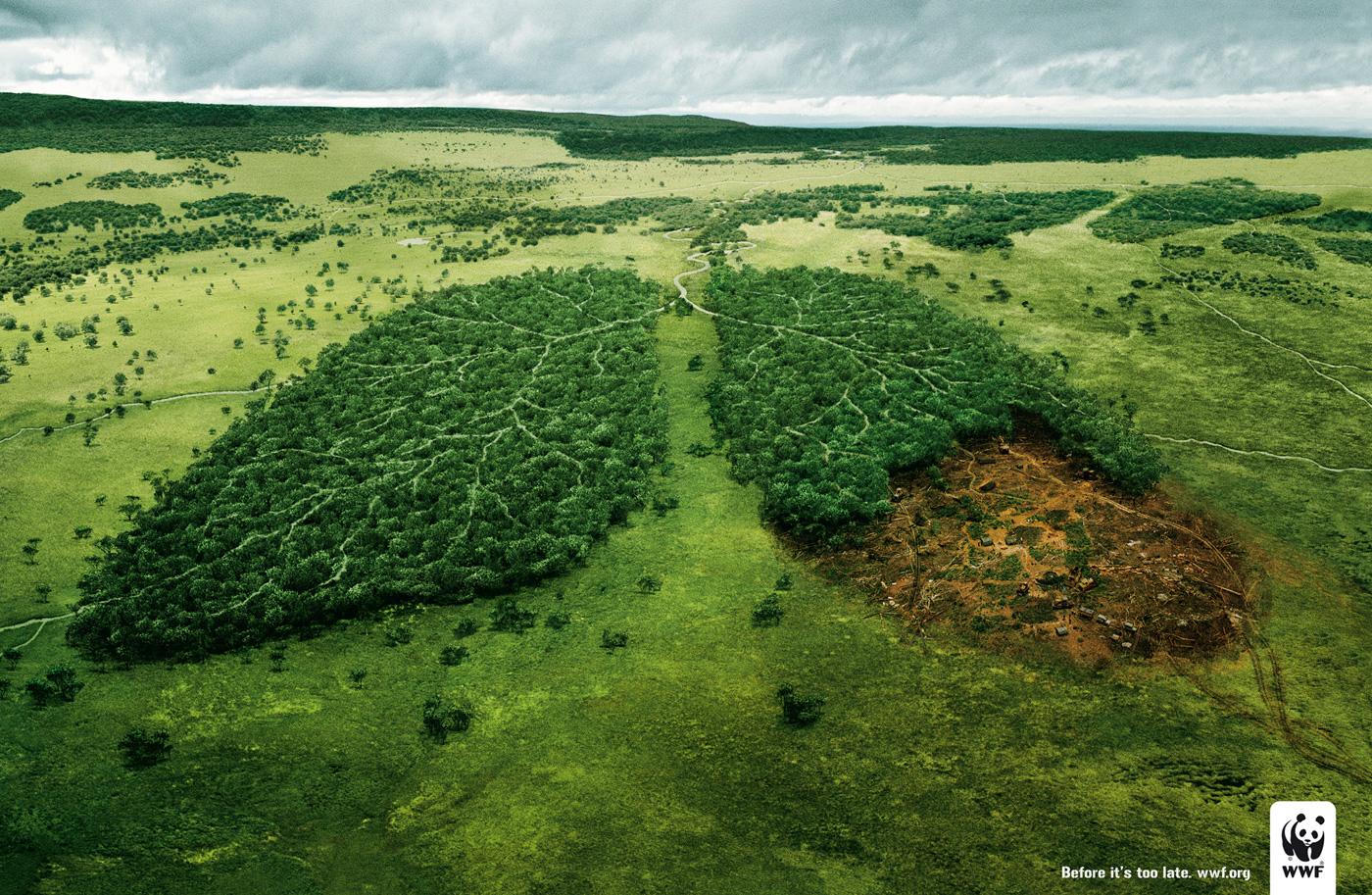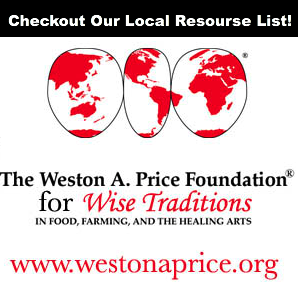The development of agriculture is typically referred to as the “Dawn of Civilization” as Anglo-European folk history paints a narrative of life “in the bush” as “solitary, poor, nasty, brutish, and short” – Thomas Hobbes. This “Modern Myth” of the indigenous savage is actually quite inaccurate to reality. “Scattered throughout the world, several dozen groups of so-called primitive people, like the Kalahari bushmen, continue to support themselves that way. It turns out that these people have plenty of leisure time, sleep a good deal, and work less hard than their farming neighbors. For instance, the average time devoted each week to obtaining food is only 12 to 19 hours for one group of Bushmen, 14 hours or less for the Hadza nomads of Tanzania. One Bushman, when asked why he hadn’t emulated neighboring tribes by adopting agriculture, replied, “Why should we, when there are so many mongongo nuts in the world?” [Jared Diamond]
This shift to agriculture had a number of implications. Yes it did free up much of the population to explore other endeavors such as art, engineering, and so forth. It also represented a major shift in the diets of people, since the staple crops shifted to annual grains; wheat, rye, oats etc. (this is when bread became a staple) However, relying upon these staple grains instead of foraging seasonal food, made for less nutrient dense diets. Grains (seeds) supply a lot of calories and can be dried and stored more easily than vegetables, this is ideal to provide a back-stock of food in case of emergency. However it didn’t take long for strategic individuals to realize that if you controlled those food stocks, you could control the populace. Hence the emergence of larger hierarchical power structures; the lords, kings, and monarchs who controlled the grain supply. And this set in motion a dynamic which still continues today. Today we see this in the wage-slavery of the lower and middle classes of the United States. We also see this in the exploitation of those in poorer countries with more lax labor rights.
This shift to annual grains also required the clear-cutting of forest land for agriculture. Annual plants thrive in disturbed soil (tilled/plowed/burned) more than in a well established ecosystems which favor perennials. This unleashes a number of destructive feedback loops. First, tilled/exposed topsoil is much more liable to the erosive effects of wind and rainfall. Also, annuals are often planted in a monocrop which is the practice of planting a whole field of only one species of plant. This creates a feast for pests adapted to that plant, which then introduces the need for pesticides. Each species of plant also depletes certain nutrients in the soil. So a field of only that crop depletes those specific nutrients creating the need for imported fertilizers. Monocrops also leave open many ecological niches where weeds thrive, now demanding more labor and application of herbicides.
Since the rise of agriculture, no longer were we embedded in, and members of the living forest. Most people moved into vast human-constructed environments; the cities. As the forces of nature (weeds, pests, drought, wind, wild animals) messed with our plantations, (trying to heal the ecosystem actually) we began waging a war with nature figuring that we knew better how to feed ourselves. This schism of our reality into the human-world and the natural-world created the idea of “wilderness” that we weren’t a part of. But you see, we’re forgetful creatures. What, in one generation is the tragic loss of personal autonomy, and cultural longevity in the next is simply “the way things have always been done.” And this is why it’s important to tell these stories. To remember and learn from our past.

- Topsoil erosion in a tilled monocrop field
Once the fertility of a field is depleted, those doing subsistence level agriculture can think of no alternative but to clear cut more forests (which have healthy soil thanks to an intact ecosystem). This depletes the soil once again, perpetuating the deadly cycle. This bring us to another major challenge: Deforestation. “Despite decreased deforestation rates in some regions, forest ecosystems are still under great threat. According to the World Resources Institute research, “30 percent of global forest cover has been cleared, while another 20 percent has been degraded. Most of the rest has been fragmented, leaving only about 15 percent intact.” Keep in mind that forests provide half our oxygen (the other half comes from phytoplankton whose populations have dropped 40% since 1950) as well as many other critical ecosystem services. They moderate the water cycles, protecting and build topsoil, clean the air, provide building and fuel materials, and provide habitat for most plant and animal species (we are currently witnessing, and causing another mass extinction event, much like the one that killed the dinosaurs, where species are going extinct at 10 times the typical rate).





